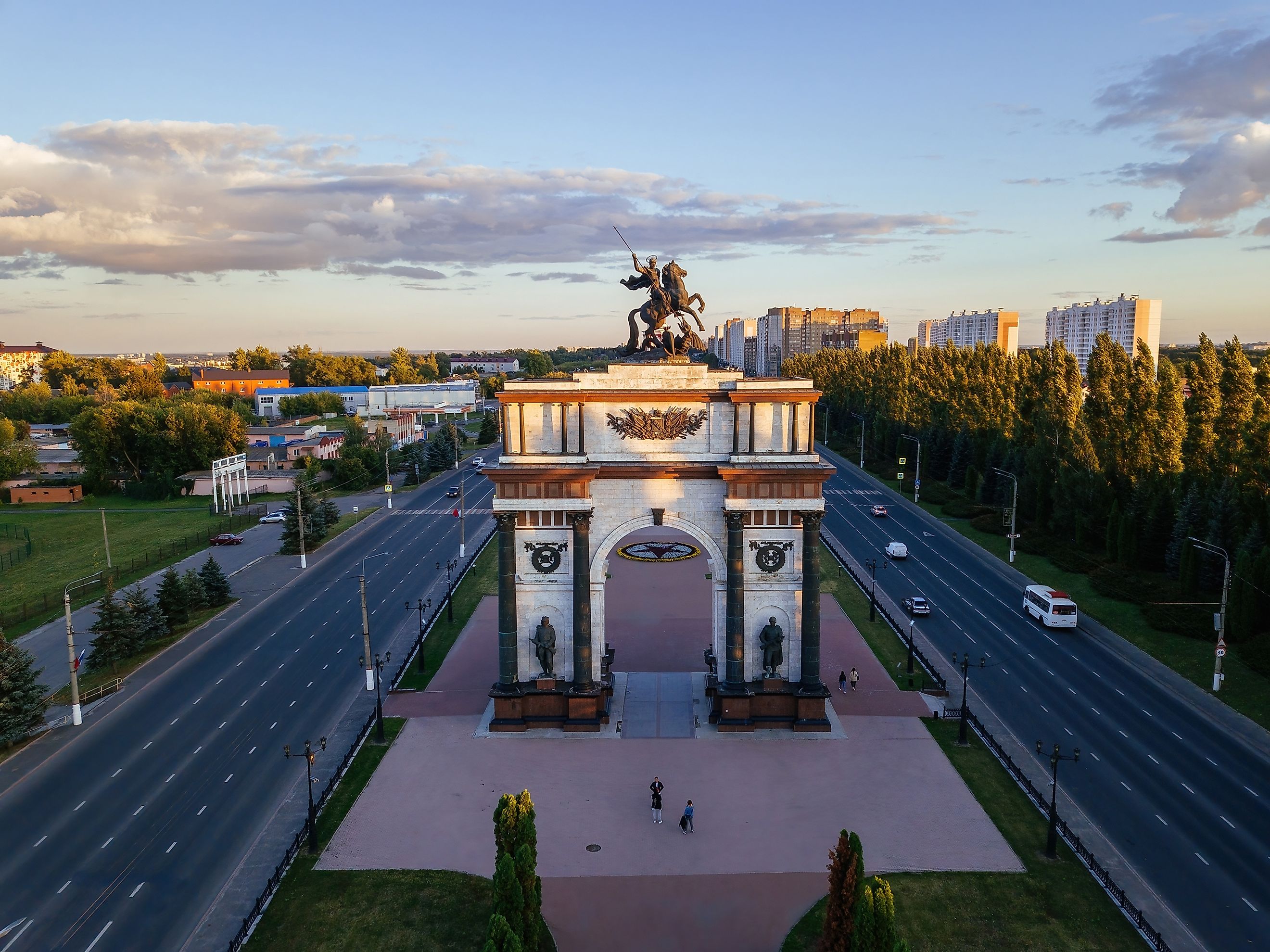
Battle of Kursk
In the summer of 1943, at the height of the Second World War, a battle between the armed forces of the Axis Powers led by Nazi Germany and the armed forces of the Soviet Union was fought on the southwest plains of what is present-day Russia. The Battle of Kursk (July 5th, 1943 - August 23rd, 1943) is often cited as one of the war's major turning points. It also holds the notorious distinction of being the single largest battle to occur in the history of human warfare, as well as the largest tank battle, engaging some 8,000 tanks, 5,000 aircraft, and more than 2.5 million troops.
Background: Operation Barbarossa
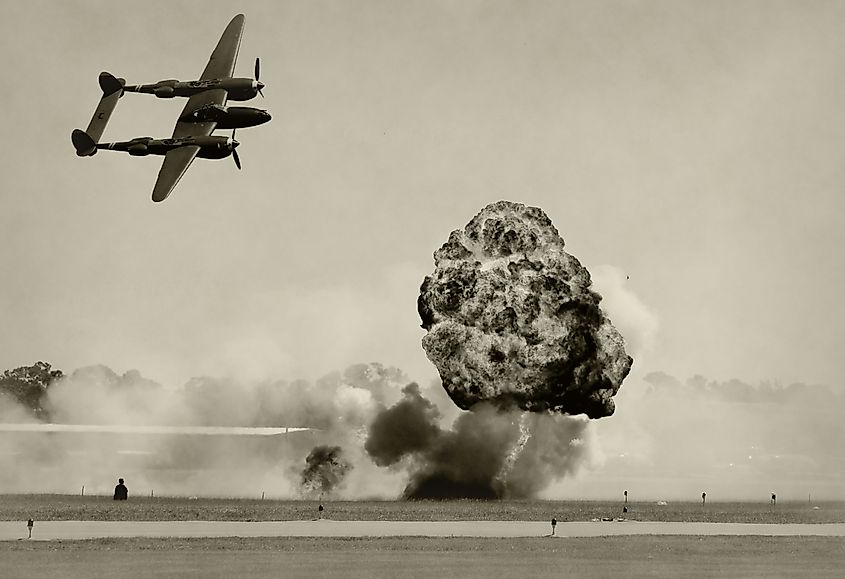
Under the orders of German Führer Adolf Hitler, in June of 1941, Nazi-led Axis forces launched a massive invasion of the USSR, violating a non-aggression pact signed two years earlier. Applying the principles of blitzkrieg, or 'lightning war', which had proven so successful in overrunning Poland, Denmark, France, Belgium, and the Netherlands between 1939 and 1940, Nazi High Command dispatched overwhelming numbers of men and military equipment in a coordinated surprise attack. In so doing, they drove the Soviet government, led by Joseph Stalin, to ally itself with the United Kingdom and France, who were themselves already at war with Germany and the other Axis powers.
During the first few months of the invasion, code-named 'Operation Barbarossa', the Nazi-led Axis forces achieved virtually all their objectives. After an initial air assault, German Panzer divisions steamrolled over the opposing forces, while the infantry mopped up the the remnants. By July of 1941, they had captured Estonia, Latvia, and Lithuania. In October of the same year, 600,000 Soviet soldiers were encircled and captured near the Russian cities of Bryansk and Vyazma, leaving only 90,000 to defend the front lines. By November, the Axis occupied nearly all of Ukraine. As winter approached, Nazi northern and central armies sat on the outskirts of Leningrad (née St. Petersburgh) and Moscow, while a southern army marched toward the oil fields of the Caucasus.
The USSR Counter-Attacks
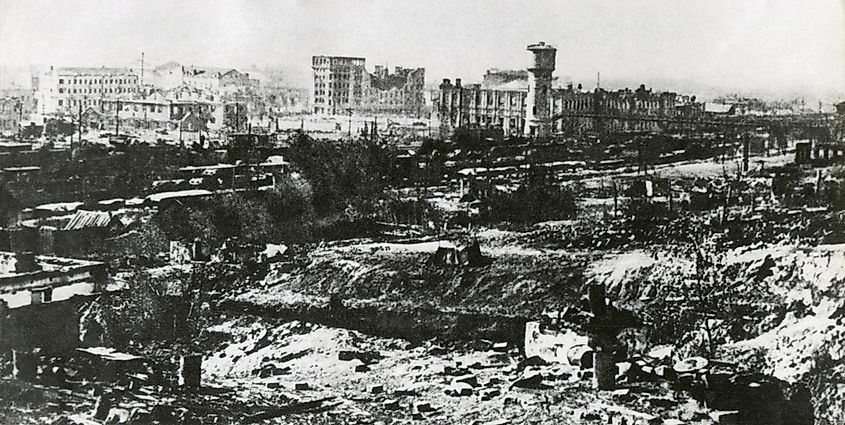
However, as it had done more than once throughout the centuries, the harsh Russian weather descended upon the interlopers and put a damper on their plans to subjugate the country. Just as Axis forces were on the verge of taking the USSR's capital and second-largest city, the elements turned against them. A wetter-than-usual autumn created intensely muddy conditions which stalled the flow of tanks, troop carriers, and armored vehicles. By late November, a deep freeze had settled across the entire theater of war, making any further offensive operations for the Nazi-led forces a logistical nightmare.
On December 5, 1941, the Red Army launched a counter-attack, catching their opposition off-guard and eventually pushing them back 150 miles from Moscow. The Nazis and their counterparts would continue a slow but general defensive retreat into the summer of the following year, until Hitler gave the order to renew the offensive on the southern third of the USSR. Although there were many clashes and skirmishes in this campaign, none were more hard-fought than the Battle of Stalingrad (July 17th, 1942 - February 2nd, 1943), a nightmare of urban warfare that would last six and a half months, eventually ending with the Soviets eking out a costly victory.
After the months-long crucible in Stalingrad ended, Axis forces withdrew to consolidate their losses and summon reinforcements. Soviet forces fortified their position and also received reinforcements. But both Adolf Hitler and Joseph Stalin were eager for another confrontation—Hitler in order to save face for Nazi Germany, and Stalin in order to press the USSR's newfound advantage. The stage was set for a rematch between the two powers, which would take place in the summer of 1943 on the flat plains surrounding the Russian city of Kursk. It was to be gargantuan in scope.
Showdown for Control of Eastern Europe
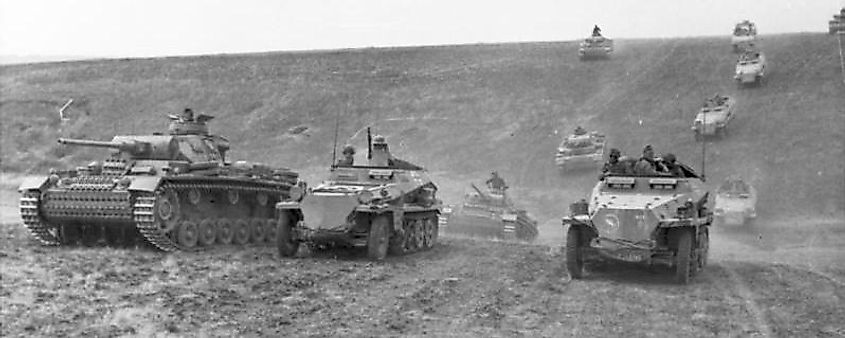
When the Battle of Kursk commenced, it became clear that it was nothing less than a showdown for control of Eastern Europe. Although Nazi-led Axis forces held the advantage in terms of technology and quality of hardware, the Red Army held the advantage in numbers. Roughly 1.9 million Soviet troops outfitted with 5,000 tanks, 31,000 artillery pieces, and 3,500 aircraft faced off against a combined 780,000 German, Hungarian, Romanian, Slovak, Finnish, and Italian troops outfitted with 3,000 tanks, 7,400 pieces of artillery, and 1,800 aircraft.
Fighting would take place inside a massive westward-protruding geographical bulge (also known as a salient) along the Nazi-Soviet battle lines on the Eastern Front, approximately 150 miles from north to south and 100 miles from east to west, at the center of which was Kursk.
Hostilities started on July 4, 1943 when the Axis captured the southern high ground within the bulge, situated their artillery, and launched opening volleys. That night, the Red Army sent over an artillery barrage of their own, targeting the forward position of the Nazi-led forces with mortars and rockets. Artillery exchanges also took place in the northern part of the salient, and the first air attacks began. But this was only the beginning.
Operation Citadel
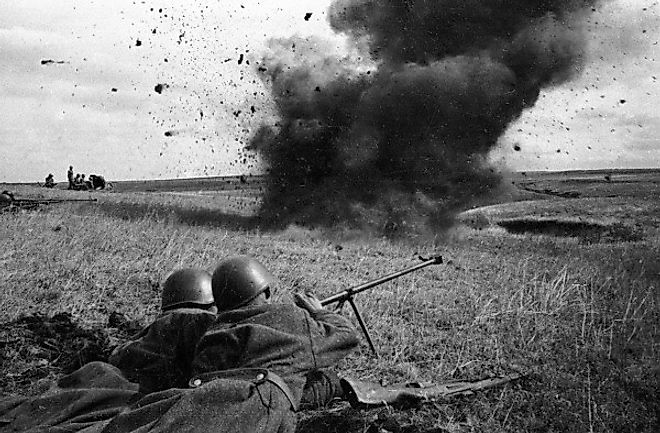
During preparations for the battle, the Soviets decided to cede the initiative to the Axis, choosing to absorb an inevitable attack. They laid landmines and dug anti-tank ditches throughout the bulge. These measures proved invaluable when, on the next day, Nazi-led forces headed by Tiger and Panzer tanks pushed forward in two simultaneous thrusts into the northern and southern Red Army positions. This offensive, code-named 'Operation Citadel' by Nazi High Command, was repulsed after penetrating approximately six miles.
What followed was a days-long back-and-forth between the opposing sides, each engaging in a series of attacks and counter-attacks, and each taking heavy casualties. Both sides suffered especially large losses in a struggle to control the strategically important town of Ponyri some fifty miles to the north of Kursk. The same was true of Prokhorovka, a medium-sized town located 90 miles to the south of Kursk, and of Voronezh, a large city located 140 miles to the east, where a scene of particular grisliness played out.
Endgame
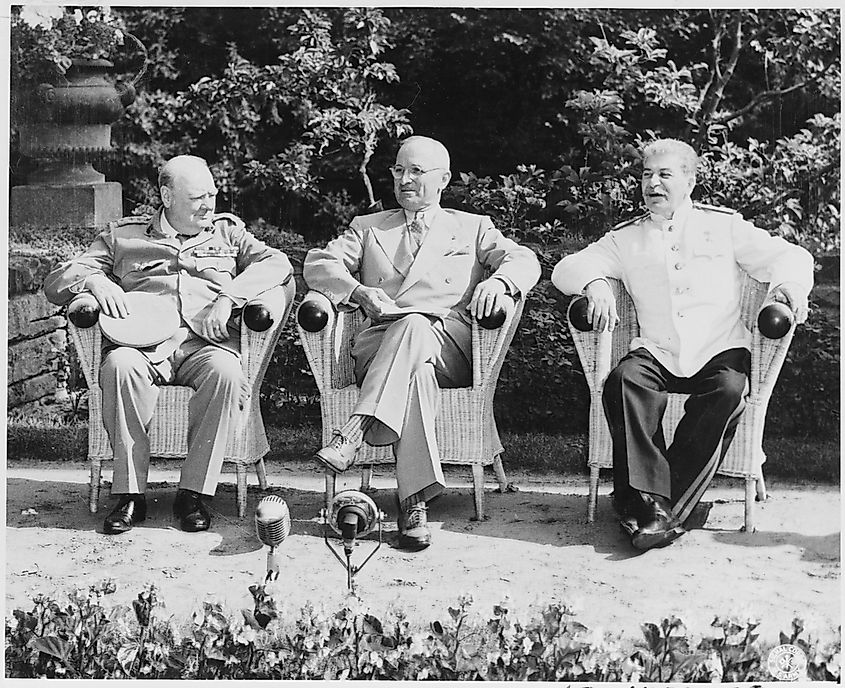
By July 12, the Soviets had taken the offensive, launching 'Operation Kutuzov' against Axis positions in the north, south, and east sides of the salient, and very nearly encircling the entire German 9th Army. Reacting to this development occupied a considerable share of the available Axis forces, clearing the way for the main thrust of the Red Army attack. 'Operation Rumyantsev' was spearheaded by a vast fleet of Soviet T-34 and T-70 tanks that drove south and broke through the depleted enemy lines.
Making matters worse for the Axis, the Western Allies had invaded the island of Sicily two days earlier, threatening their territory in southern and central Europe. Fearing additional landings on mainland Italy or even France, Hitler ordered the withdrawal of many Nazi-led forces from Kursk to meet the Allies, effectively conceding the battle to the Soviets.
Although final casualty counts resulting from the Battle of Kursk are a matter of some historical debate, it is estimated that Nazi-led Axis forces suffered 200,000 dead and wounded, and lost between 500-600 aircraft, and between 600-1,600 tanks and pieces of artillery. Meanwhile, the Soviets suffered even greater losses, with 800,000 soldiers dead and wounded, and around 1,000 aircraft and 6,000 tanks and pieces of artillery lost.
Legacy of the Battle of Kursk
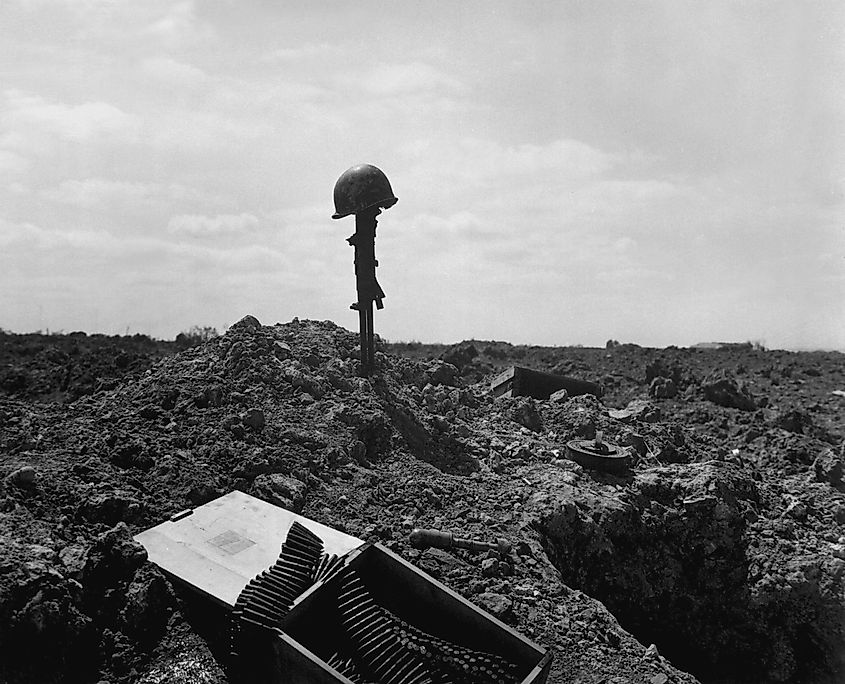
With the Red Army's victory at Kursk, fortunes turned decidedly in their favor on the Eastern Front. The USSR would go on to liberate Ukraine from Nazi control by the autumn, finally marching into the country's capital of Kiev on November 6.
In the larger scheme of the war, the Battle of Kursk served to greatly weaken and dispirit the Axis forces and embolden the Soviets, prompting a change in momentum. In the year that followed, Axis losses would continue to mount, and the Red Army would gain a tremendous amount of ground, paving the way for English, French, American, and Canadian forces to open yet another front in Western Europe on D-Day. As the European war drew to a close in May of 1945, it became clear that the Battle of Kursk, when taken together with the earlier Battle of Stalingrad, was a decisive event in halting the advance of Nazi-led Axis forces, dispelling their aura of perceived invincibility, and directly leading to their ultimate defeat.







